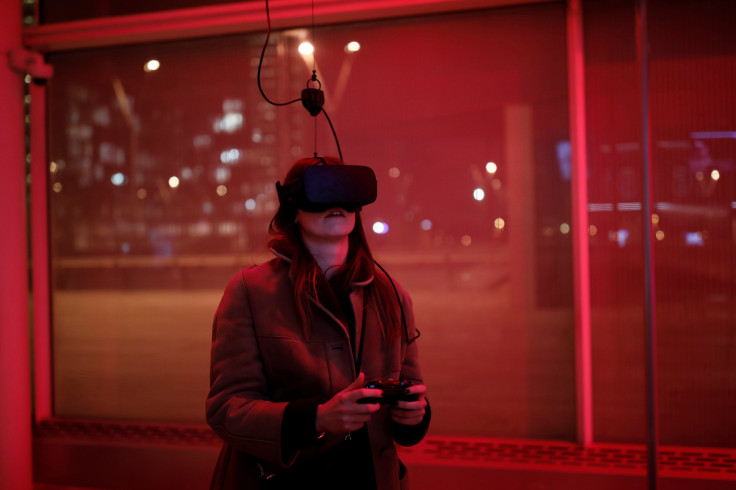VR/AR In 2017: Where Will Virtual/Augmented Reality Go In The Coming Year?

So far as new, exciting consumer technology goes, virtual/augmented reality systems were quite the buzz in 2016. And there may have been a few duds, such as the revelation that the first promotional video by Magic Leap was faked, but there was plenty of positive news as well.
Beyond the games and related hardware, what other exciting developments can we expect in the AR/VR world in 2017? And how do we separate the hype from reality? International Business Times spoke to some industry experts.
Speaking about hardware, Shane Scranton, CEO and co-founder of IrisVR, said: “VR hardware will face two conflicting forces in 2017 — one to make the goggles lighter, more portable, and fully wireless, and another to produce headsets that are higher resolution and more immersive. I think that over time, there will be less of a differentiation between mobile and desktop headsets, and instead users will choose between ultra high-res vs. wireless devices.”
The need for improved resolution was echoed by Yoel Zanger, CEO of Giraffic Technologies, who said: “The quality of the visuals is shaping to be one of the crucial aspects in VR, as in order to provide users the sense of realism immersive experiences aim to, the video will have to be top-notch. As a result, we will be seeing enhancements and new solutions for better content creation and distribution, since right now those are in their infancy and the majority of the content that is out there is 2D placed in VR environment or 360-degree footage. We expect advancements in hardware, especially on the display side- UHD 4K and HDR screens.”
Zanger also said standalone VR headsets may gain traction, but warned that “lighter designs for increased comfort and prolonged usage might have to wait for now.”
He also spoke about the possibility of seeing combined AR/VR experiences in 2017, a prediction shared by Scranton.
“VR technology will be integrated into AR headsets over time. Augmented reality provides a digital overlay onto the real world, and this enables massive opportunities for gaming, social networking, and collaborative enterprise solutions. We believe that, in the future, AR will drive the widespread adoption of immersive technology, and VR will be available on the same devices as AR,” Scranton said.
Both men also spoke about the increasing adoption of VR technology beyond the gaming and short videos that it is mostly used for at present.
Zanger thinks news coverage could become “live-like” with VR/360-degree coverage and that sold-out music concerts could be virtually attended from your own living room. He also thinks the e-commerce industry will adopt VR to let customers check out the fit of apparels before they purchase them.
Scranton says enterprise applications of VR will be widely done by industries such as building and design.
“It’s powerful to be able to visualize a design before it physically exists, and VR makes design and coordination more accessible to the client,” he said.
The formation of the Global VR Association (which Microsoft and Apple have kept out of) should bring some amount of standardization to the industry, in which most players are currently working independently and secretly.
“I hope that the Global VR Association also addresses performance, hygiene, and comfort since the physical ramifications of VR can leave lasting impressions on new users, and making sure users are comfortable in every immersive experience will directly influence the pace of adoption of new headsets,” Scranton said.
Of course, it remains to be seen if high-end AR/VR technology becomes more affordable in the coming year.
© Copyright IBTimes 2024. All rights reserved.




















